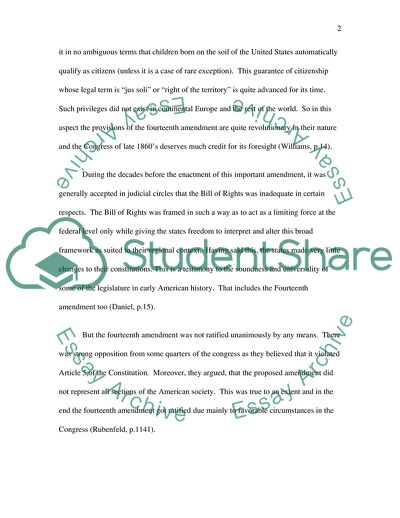Cite this document
(The Due Process and Equal Protection Clauses Case Study, n.d.)
The Due Process and Equal Protection Clauses Case Study. Retrieved from https://studentshare.org/law/1707901-asian-americans-and-birthright-citizenship
The Due Process and Equal Protection Clauses Case Study. Retrieved from https://studentshare.org/law/1707901-asian-americans-and-birthright-citizenship
(The Due Process and Equal Protection Clauses Case Study)
The Due Process and Equal Protection Clauses Case Study. https://studentshare.org/law/1707901-asian-americans-and-birthright-citizenship.
The Due Process and Equal Protection Clauses Case Study. https://studentshare.org/law/1707901-asian-americans-and-birthright-citizenship.
“The Due Process and Equal Protection Clauses Case Study”. https://studentshare.org/law/1707901-asian-americans-and-birthright-citizenship.


